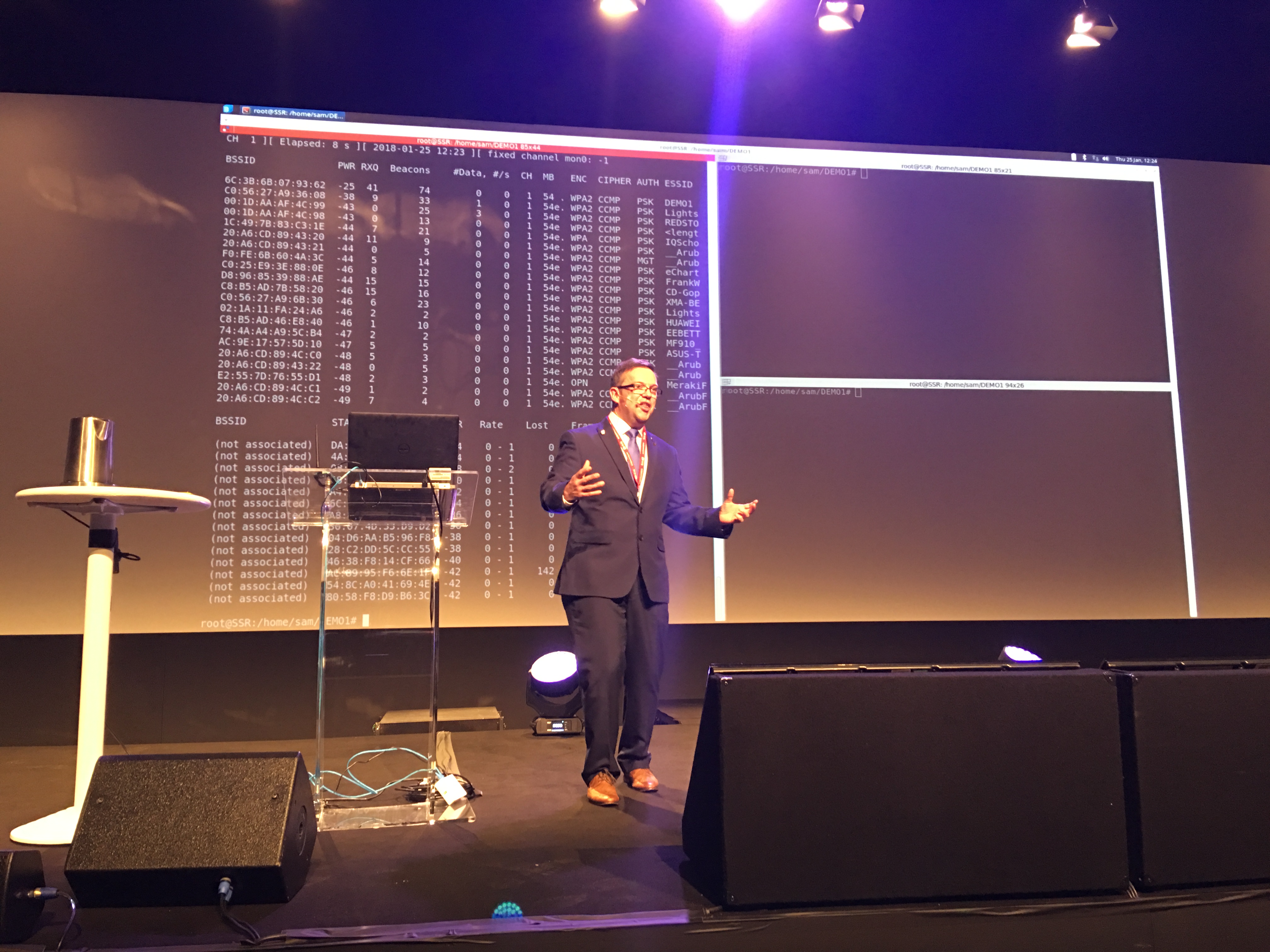Bett 2018: Schools and colleges need to be aware of risk from IoT devices
Hacking demo shows educators how easy it is to hack into a network from a smart kettle


The internet of things shows great promise, but always-on mobile and smart devices can pose a risk to academic environments.
Delegates at the Bett show, held at Excel in East London this week, were given an ethical hacking demonstration from a security consultant showing how seemingly innocuous devices can be used by ne'er-do-wells.
Sam Robshaw, senior cyber security consultant at Blackberry, explained how a smart kettle could be leveraged to hack into an academic network.
He said that while some IoT devices took security seriously (he mentioned Hive from British Gas being particularly security-focused), some other devices weren't as security hardened.
In a demonstration, Robshaw set up a test network with a smart kettle on it. The kettle was easy to access and with some research, he could find a manual for the unit and a default password to access it. From there, he discovered the kettle used AT+ commands as well as Telnet, an old and unencrypted protocol. It wasn't long before the kettle revealed the password of the network he wanted to hack into in plain text. This part of the demo lasted no more than a minute, but he had managed to access an otherwise secured network.
Using network sniffing tools, Robshaw showed delegates that he could find out if a Windows server had ports 139 and 445 running. This was an indication that the SMB protocol was running. He fired up Metasploit, downloaded and ran EternalBlue to see if he could exploit the Wannacry vulnerability on the test server. A minute later, he showed delegates that he had access to a command shell on the demo Windows server. From here he showed he had system privileges and added himself as a user.
He showed that it was all too easy to then search through files on the server for information on exams, test results and papers.
Sign up today and you will receive a free copy of our Future Focus 2025 report - the leading guidance on AI, cybersecurity and other IT challenges as per 700+ senior executives
He said that the aim of the demonstration was to encourage schools and colleges to not only update servers and other computers against exploits, such as Wannacry, but to also take into account the susceptibility of smart devices to allow attacks through poor security practices in IoT.
Main image credit: IT Pro
Rene Millman is a freelance writer and broadcaster who covers cybersecurity, AI, IoT, and the cloud. He also works as a contributing analyst at GigaOm and has previously worked as an analyst for Gartner covering the infrastructure market. He has made numerous television appearances to give his views and expertise on technology trends and companies that affect and shape our lives. You can follow Rene Millman on Twitter.
-
 AWS targets IT modernization gains with new agentic AI features in Transform
AWS targets IT modernization gains with new agentic AI features in TransformNews New custom agents aim to speed up legacy code modernization and mainframe overhauls
-
 HSBC partners with Mistral to fuel bank-wide generative AI adoption
HSBC partners with Mistral to fuel bank-wide generative AI adoptionNews The multi-year, strategic partnership will focus on transforming a range of services and tasks from customer-facing to fraud detection and more
